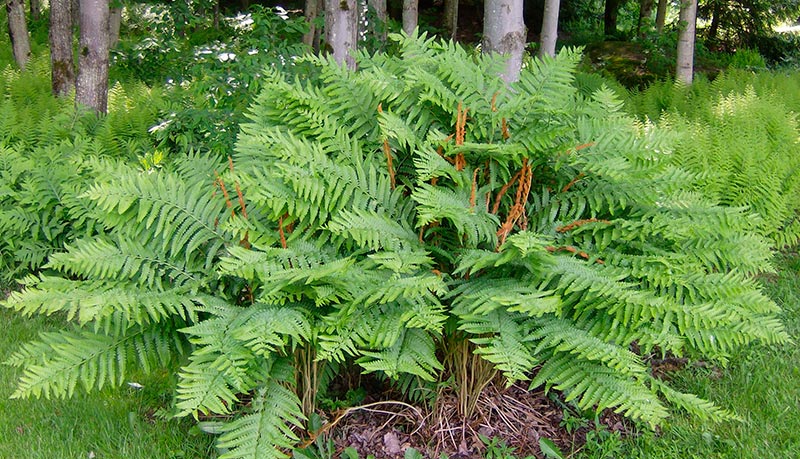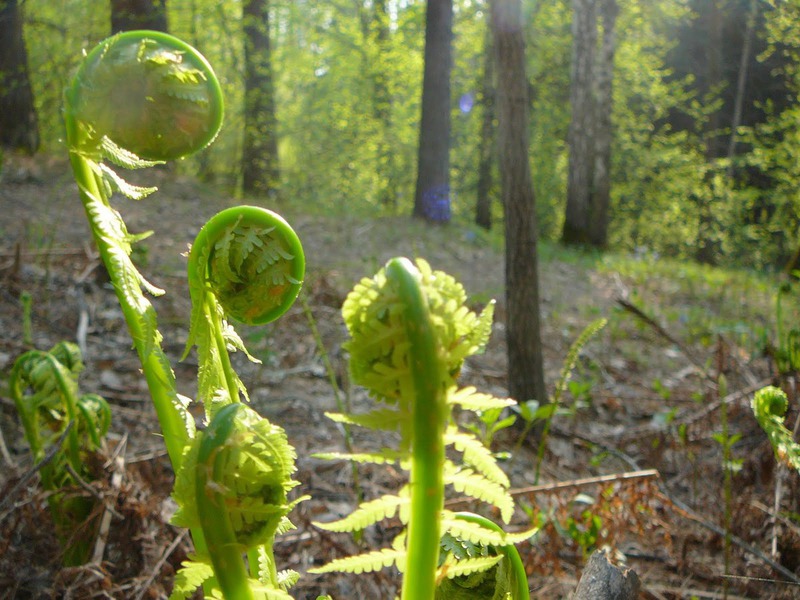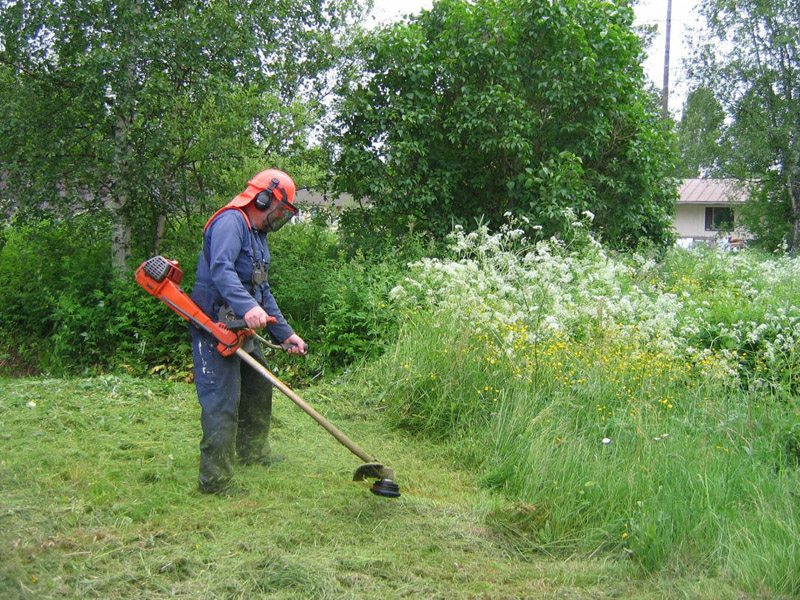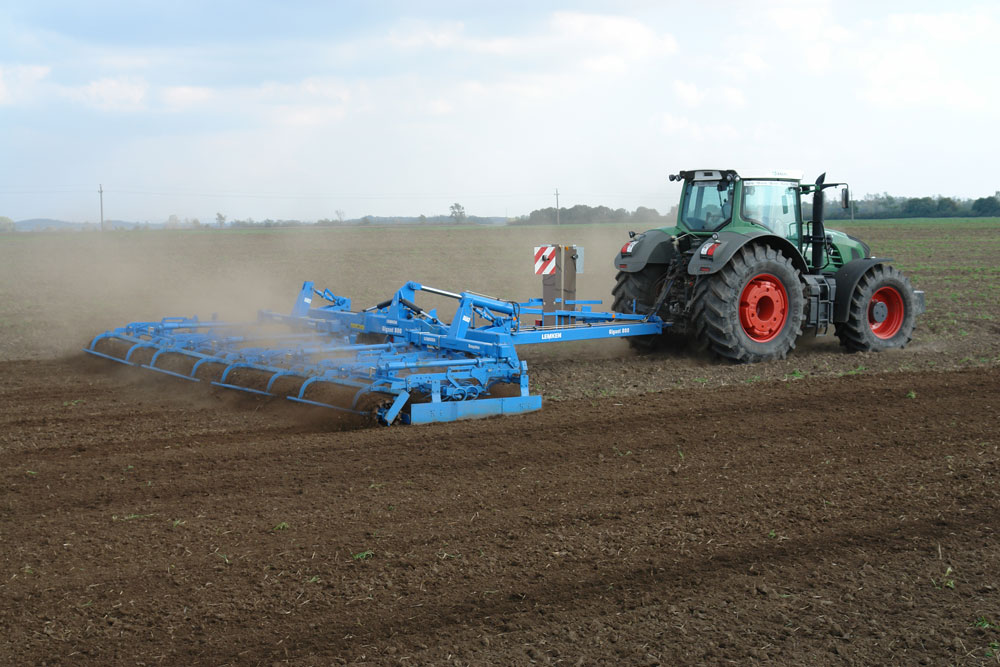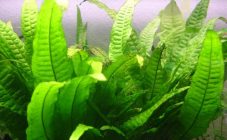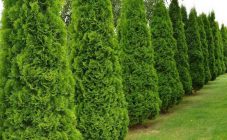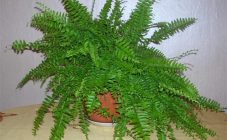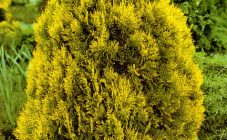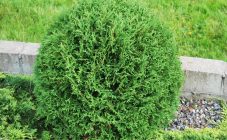Content:
Fern is a well-known plant. Its variety Orlyak grows everywhere, except for especially cold regions. The mountainous terrain is not an obstacle to his life, he can also adapt to different climatic conditions. Bracken is edible and healthy, has medicinal value. It is included in the Red Book of the Republics of Moldova, Komi, Sakha, as well as the regions of Murmansk and Rostov belonging to the Russian Federation.
Characteristic features of the plant
Fern Orlyak ordinary - a perennial herb. Latin language (Latin) refers to it as Pterídium aquilínum. It differs from other representatives of the Fern class in its curved edge and sori (asexual reproduction spores) along the edge of the leaf blade. It is also noted as the largest, most common in the territory of the Russian Federation, neighboring countries. According to the botanical description, it can measure up to 150 cm in height. But usually it is from 30 cm to a meter.
According to the brief description, the plant has a powerful and branched root system, which is made up of black rhizomes located both horizontally and vertically, deeply going underground. Leaves are pinnate twice and thrice, rigid, located on long petioles. They have a typical smell. Inside a triangular outline, oblong leaves, blunt at the end, lobed at the base. The lower two of them have nectaries with a sweet liquid that attracts ants. The segmented sheet is folded at the edge. Sori are on the edge of the plate. Maturation of spores is observed in July and August.
Description of the variety
Common bracken fern grows in forests, where it finds the most favorable environment. It is also found in many other natural places. The size achieved depends on the conditions of its location. There is evidence that specimens of two meters are found in the Transcaucasus. In the central zone of the Russian Federation, growth does not exceed a meter.
The name comes from the shape of the leaves, similar to eagle's wings, or from the root section, where the vessels create a pattern comparable to the eagle on the coat of arms. There is no exact information about this. When growing, the root is in the ground at a depth of 0.5 m. Leaves grow from it in a certain season. The shoots are fan shaped like a palm tree. The bracken is not the only fern that has this property. How it looks can be seen in the photo from the Internet. For the winter, the bracken fern, where it grows, remains in the form of a root. In the spring, a stem twisted at the top appears. Other ferns have a similar shoot.
The characteristic features of the plant are especially visible when it is fully mature. The first shoot is divided into three branches. Feather-like leaves are formed on them in pairs. Only the top sheet remains alone. Once fully formed, the triangular branch has an odd number of feather-like leaf blades. This is the main difference from other ferns.
The underside of the leaves is filled with nectaries that are attractive to ants, but their true purpose is unknown. Reproduction can occur with the help of spores located on the border of the leaf. The main method is vegetation, when a new shoot is thrown out from the root. For the fact that Orlyak grows over significant areas, filling them, it is considered an aggressive plant. Vitality is due to the deep location of the roots, which do not freeze in winter.He is also not afraid of drought and fires.
Landing
Dwelling in a preferred way in light forests, Orlyak loves light soils, including poor ones and limestones. Despite its aggressiveness, this fern has been turned by people into a cultivated plant, the usefulness of which has found application in cooking and medicine. But in some areas it is fought with special methods, since it is difficult to mow as a weed.
Nevertheless, Orlyak is of economic importance. In a number of countries, shoots and leaves that are not fully expanded (snails) are eaten like asparagus. The recipe assumes preliminary soaking in salt water. Next, the plant is fried. Or it participates in the preparation of salads and seasonings, pickles. The Kamchatka fern, for example, is grown for export to Japan and China. Since ancient times, eastern taiga people have included this plant in their diet. It contains about the same amount of easily digestible protein as cereals. Far Eastern fern is fried in oil and released in the form of canned food.
Reproduction occurs in the following ways:
- Separating the offspring from the roots is a simple method. It is important to water the plant well.
- The spores are scraped off the leaf, dried and sown on the substrate, and sprayed daily. After a month, they germinate and can be transplanted into the garden.
Orlyak can be grown in the fields, in the steppes and in the forest zone in the form of raw materials for the landscape, medicinal or food purposes. In order to land, you need to prepare the field. For 2 or 3 years, protective stripes must be made. For this, the Iris Pikulka plant is suitable. Sections of fern rhizomes are planted in the aisles. For 1 sq. meter has one rhizome. Sowings of Iris Pikulka in the same field will protect Orlyak from the sun and wind with hard leaves. Dried plants will create mulch for the next year.
In the central zone of the Russian Federation, the culture is planted near trees that create shade, taking into account precipitation of more than 580 mm, or in a sunny place with additional abundant watering and spraying. Natural rainfall of 300 mm is not sufficient for a plant to grow under such conditions. In the forest-steppe zones, the preparation of the field includes the sowing of the Iris pikulka for the winter with germination in the spring. After 2 or 3 years, the iris will grow to 70 cm. Then the Orlyak is planted using agricultural machinery.
When planting in the garden, it is recommended to add forest soil to the hole, as well as arrange good drainage. It is better to place the plant in a flower bed in spring when the shoots are blooming. It is important to plant the plant immediately, immediately after digging up in the forest, before the roots and leaves wither.
Care
The yield of Orlyak, which the Far East reaches when growing young leaves, is from 100 to 950 kg per hectare, ripe - from 900 to 8,500 kg / ha. It depends on the density of its growth. Immediately after planting the fern in the prepared field, it is watered. Then care consists in watering 2 to 4 times during the growing season. The obligatory protective plant Iris Pikulka dies off, mulching the soil next year. It suppresses the growth of weeds, retains moisture. When planted under trees, the amount of natural rainfall may be sufficient.
The experiment shows that during the primary growing season in the field (1st year) the number of shoots increases by 5 times, by 2 years - by 10. Therefore, this method of growing can be used to obtain raw materials. This culture loves loose soil with air access to the roots, as well as a sufficient amount of moisture.
Care assumes the following:
- Frequent soil moistening without destructive moisture stagnation.
- At the same time, mineral fertilizer is added twice a season.
- You can mulch with spruce needles.
- Old and broken branches are removed.
Diseases and pests
The fern is highly disease resistant with proper care. But slugs and caterpillars are typical pests. They harm the leaves, so they must be removed by collecting.
Landscape
Bracken can be used in gardens, parks, as an ornamental plant. As a garden decoration, the fern is planted in the shade, under the trees, on the north side of the houses. It can be placed outdoors or in a flowerpot. In addition to Orlyak, in temperate climates, the common Ostrich, the Male Shield and the Kocheryzhnik are also acceptable species of ferns. At the same time, the plants have different shades, which looks very beautiful.
If the shoots are taken in the forest, you need to take some soil with you for planting on your territory to fall asleep in the planting hole. In the first year, watered abundantly, then the plant successfully takes root.
Openwork fern leaves look good next to lilies and pond plants. In rock gardens, the combination is made with creeping crops, hosta, shade-tolerant species. The hedges from Orlyak are also beautiful.
